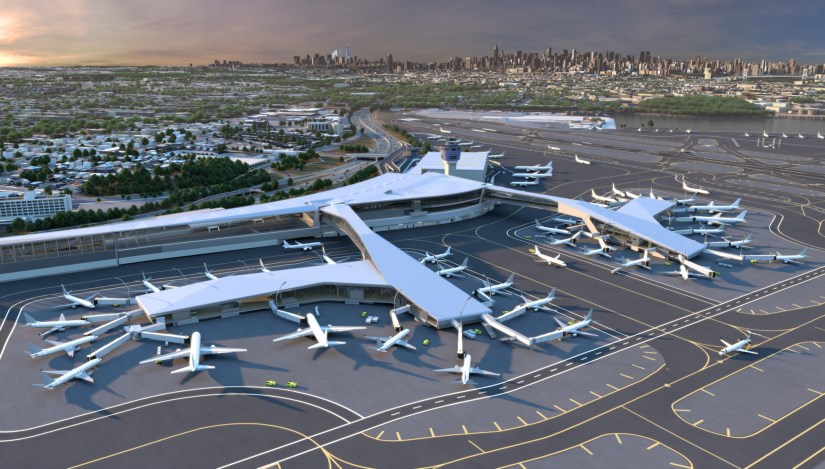In the realm of construction, design, and manufacturing, efficiency is key. Every project demands precision, speed, and cost-effectiveness. It’s in this context that laser scanning has emerged as a revolutionary tool, drastically transforming the way projects are approached and executed. A prime example of this transformative technology in action can be witnessed at the Seminole Hard Rock Hotel & Casino in Hollywood, Florida.
The Seminole Hard Rock Hotel & Casino stands as an iconic landmark, epitomizing luxury and entertainment. However, even such esteemed establishments require periodic renovations and updates to maintain their allure. Enter laser scanning—a game-changer in the realm of reality capture and project planning.
At the onset of a significant renovation project proposed by the Seminole Tribe, the challenge was clear: accurately capture the existing structure and efficiently plan for the upcoming transformations. This is where laser scanning stepped in, promising to streamline the process and deliver unparalleled accuracy.
Our team embarked on a monumental task—to scan 130 buildings encompassing the sprawling complex of the Hard Rock Hotel & Casino. Among these structures, precision was paramount, with every nook and cranny needing to be meticulously captured to inform the renovation plans effectively.
Utilizing state-of-the-art laser scanning technology, our team swiftly set to work. In just two days, covering a staggering 71,000 square feet, our two on-site technicians executed the scanning process with unparalleled efficiency. The result? A comprehensive 3D model that served as the cornerstone for the renovation project.
The advantages of laser scanning were abundantly clear throughout the project lifecycle. Firstly, the speed of data capture was unparalleled, minimizing disruption to the daily operations of the hotel and casino. Traditional surveying methods would have paled in comparison, prolonging the project timeline and incurring significant costs.
Moreover, the level of detail captured through laser scanning was unparalleled. Every inch of the complex was faithfully recreated in the digital realm, providing architects, engineers, and designers with an intricate understanding of the existing structure. This wealth of information empowered informed decision-making, mitigating the risk of unforeseen challenges during the renovation phase.
Additionally, the accuracy afforded by laser scanning proved invaluable. From precise measurements to identifying potential clashes or discrepancies in the existing structure, the 3D model served as a reliable blueprint for the renovation efforts. This accuracy translated to cost savings, as potential rework and redesigns were minimized, keeping the project firmly on budget.
Furthermore, the versatility of the 3D model extended beyond the initial renovation phase. Future maintenance, planning, and expansion efforts could leverage this digital twin of the Hard Rock Hotel & Casino, ensuring its longevity and adaptability in the ever-evolving landscape of hospitality and entertainment.
In conclusion, the Seminole Hard Rock Hotel & Casino project stands as a testament to the transformative power of laser scanning in reality capture. What began as a daunting challenge was conquered with precision, efficiency, and cost-effectiveness, thanks to this innovative technology. As industries continue to embrace the potential of laser scanning, success stories like this will undoubtedly become more commonplace, reshaping the landscape of project management and construction as we know it.
.




